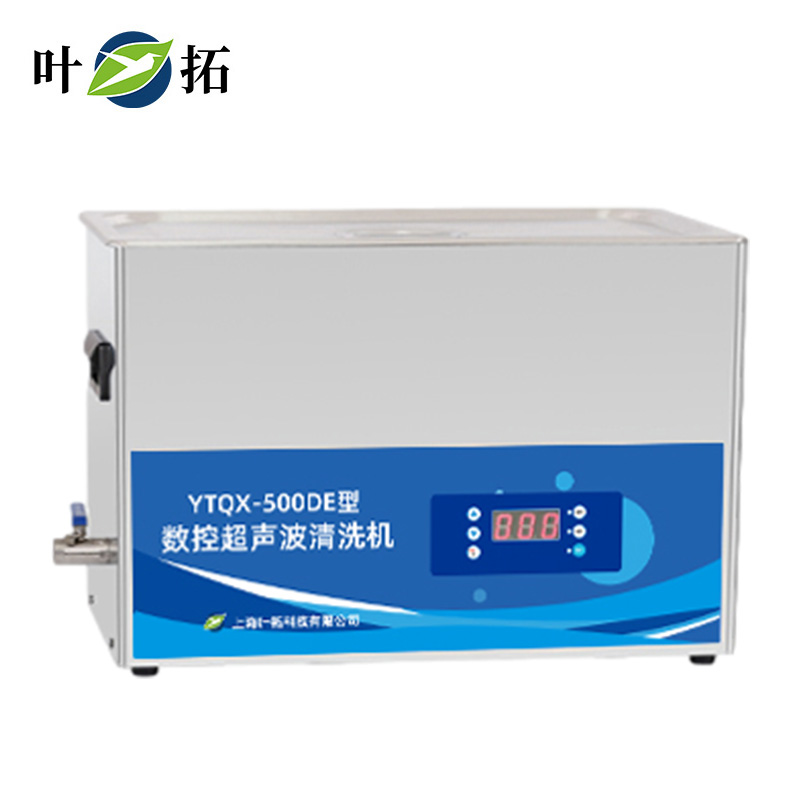With the development and strength of technology, national research institutions, as well as major universities and enterprises, have a significant proportion of research and development. These institutions have their own dedicated laboratories, and the ultrasonic cleaning machine we are talking about is an important member of the laboratory family.
Ultrasonic cleaning technology is an emerging cleaning technology in the field of cleaning. The use of ultrasonic cleaning technology in laboratory cleaning mainly considers its more environmentally friendly cleaning method, high cleaning efficiency, and good cleaning effect, which have unparalleled advantages over other cleaning methods. With the better and faster development of ultrasonic cleaning technology, laboratory ultrasonic cleaning machines will be more widely used for cleaning and maintaining laboratory instruments, and correspondingly, ultrasonic cleaning machines play a crucial role in laboratories.
Laboratory instruments may adhere to dirt such as grease, sweat stains, and experimental materials during use. If not cleaned thoroughly during storage, rust and mold may occur, which not only affects the service life of laboratory instruments but also affects the experimental results of subsequent users. There are two types of cleaning methods used in the laboratory in the past. The first is to clean with shovels, scrapers, brushes, etc., and the other is to clean with various chemical cleaning solvents. Due to the drawbacks of both methods, such as poor cleaning and environmental pollution, laboratory ultrasonic cleaning machines have emerged in response to the high requirements for laboratory instrument decontamination.
Having mentioned the importance of ultrasonic cleaning machines in laboratories, what are the functions of ultrasonic cleaning machines in laboratories?
Firstly, the essential function of an ultrasonic cleaning device is cleaning, so its main function is to clean experimental equipment. Containers and vessels such as beakers. Many experimental containers are relatively slender, and the dirt on the inner walls is often easily removed. Manual scrubbing is difficult to achieve, and residual dirt may directly affect the results of the experiment. It is necessary to use an ultrasonic cleaning device to remove it. Just put it into the cleaning tank, fill it with water, and within a few minutes, the inside and outside of the container can be cleaned thoroughly, with no dead corners left.
Why can ultrasonic cleaning equipment remove dirt from the inner wall of containers? This is because its working principle is to use the high-frequency conversion of ultrasonic waves into mechanical kinetic energy, which then acts on the liquid in the cleaning tank, causing cavitation and forming countless tiny bubbles. These bubbles quickly burst, generating impact force and continuously impacting the surface of the object immersed in the liquid, thereby removing the dirt on the surface and achieving the cleaning effect.
Secondly, due to the working principle of ultrasonic cleaning equipment, this instrument has its unique role in the laboratory, such as mixing, emulsifying, separating, extracting and so on, for experimental materials, and the effect is very good.


 Alibaba Store
Alibaba Store Tmall Store
Tmall Store Jingdong Sstore
Jingdong Sstore







